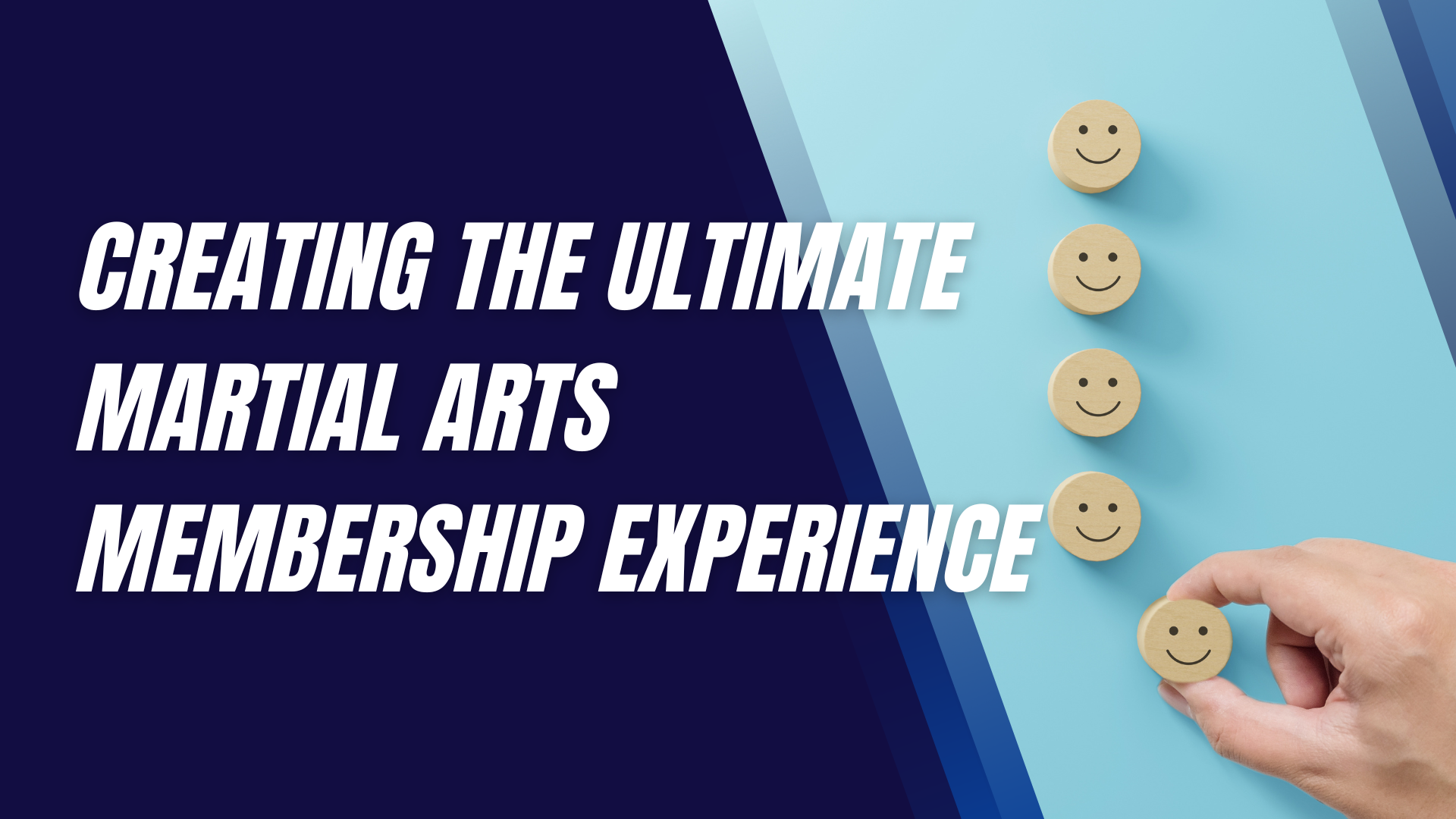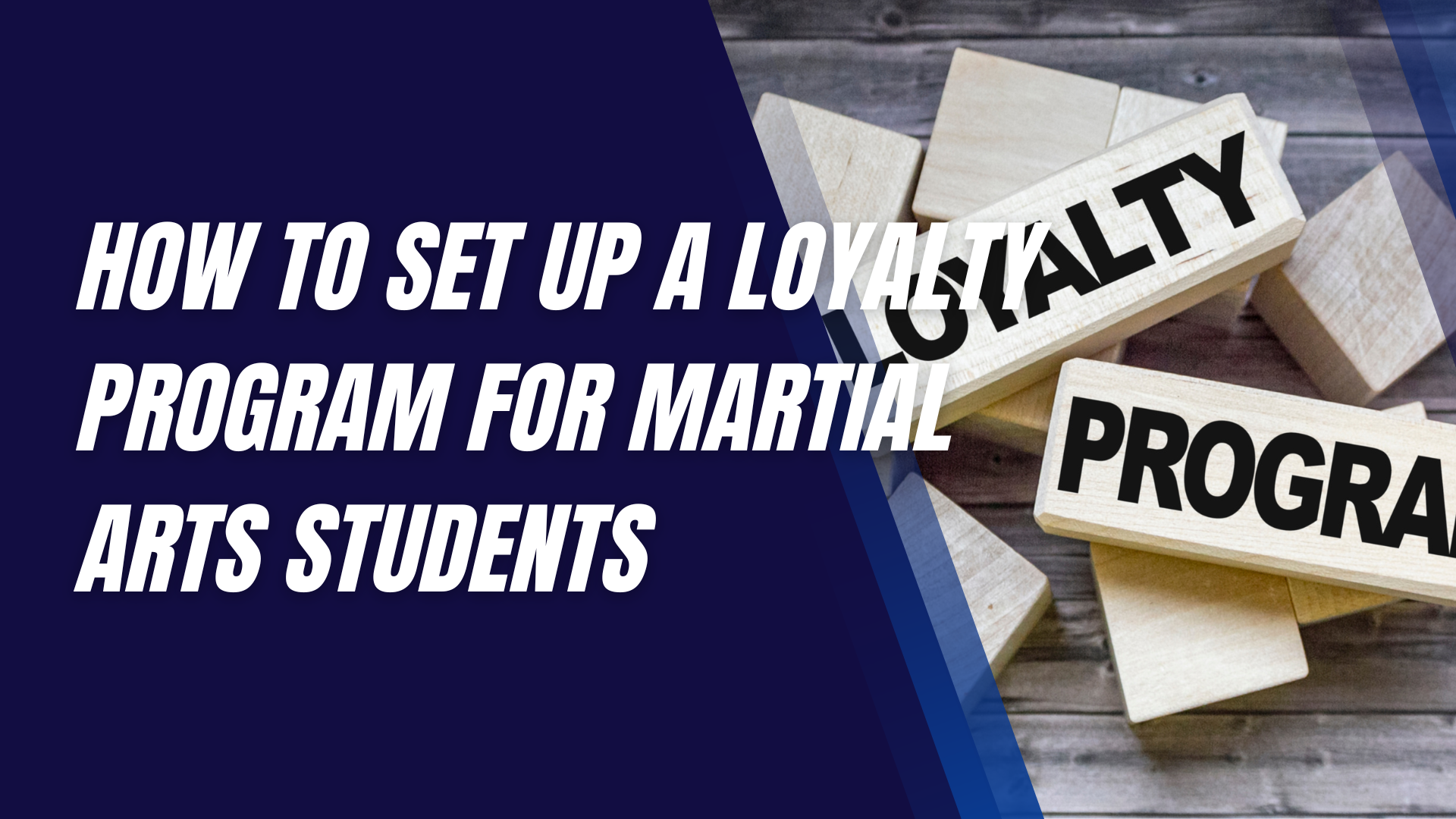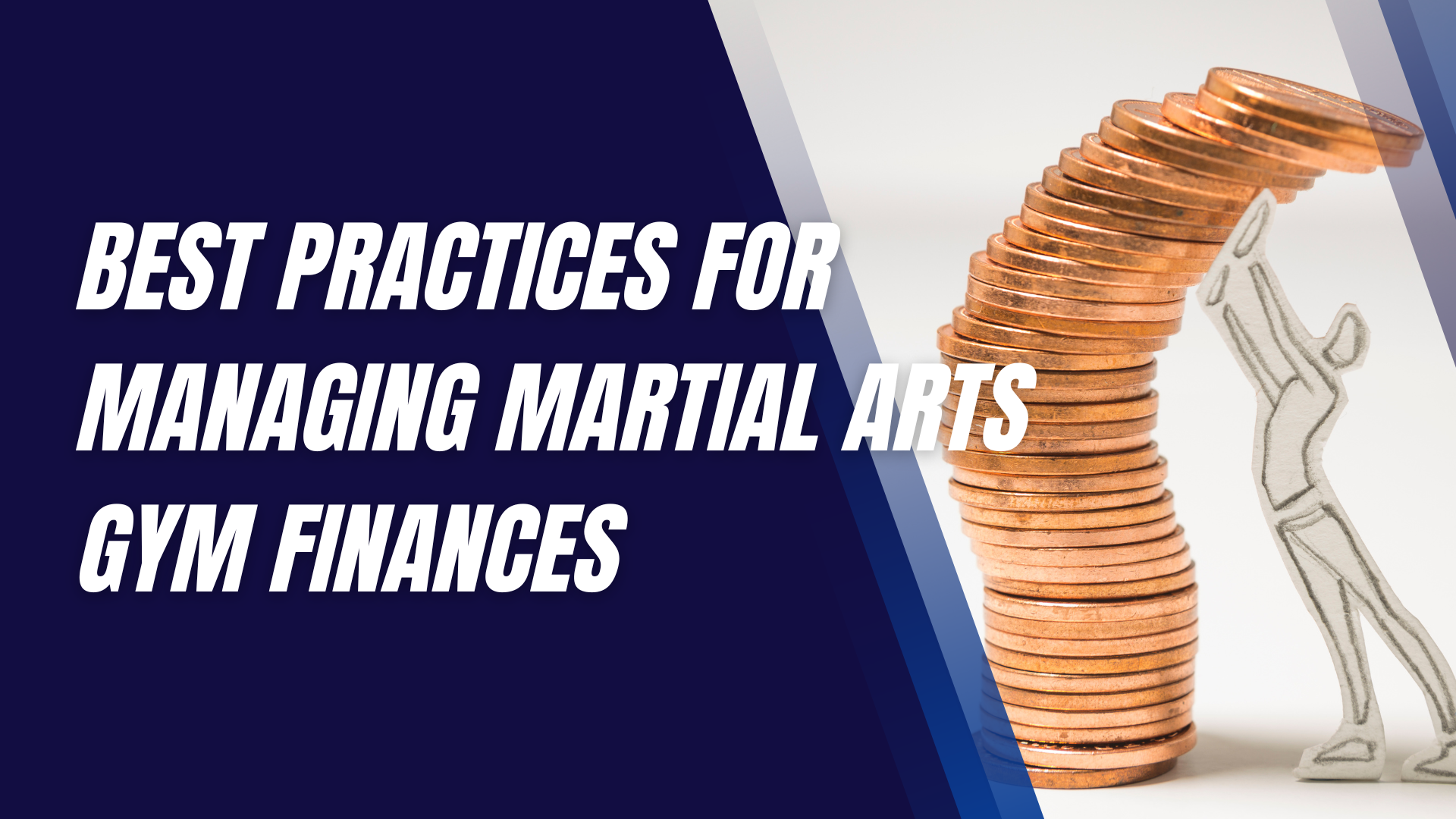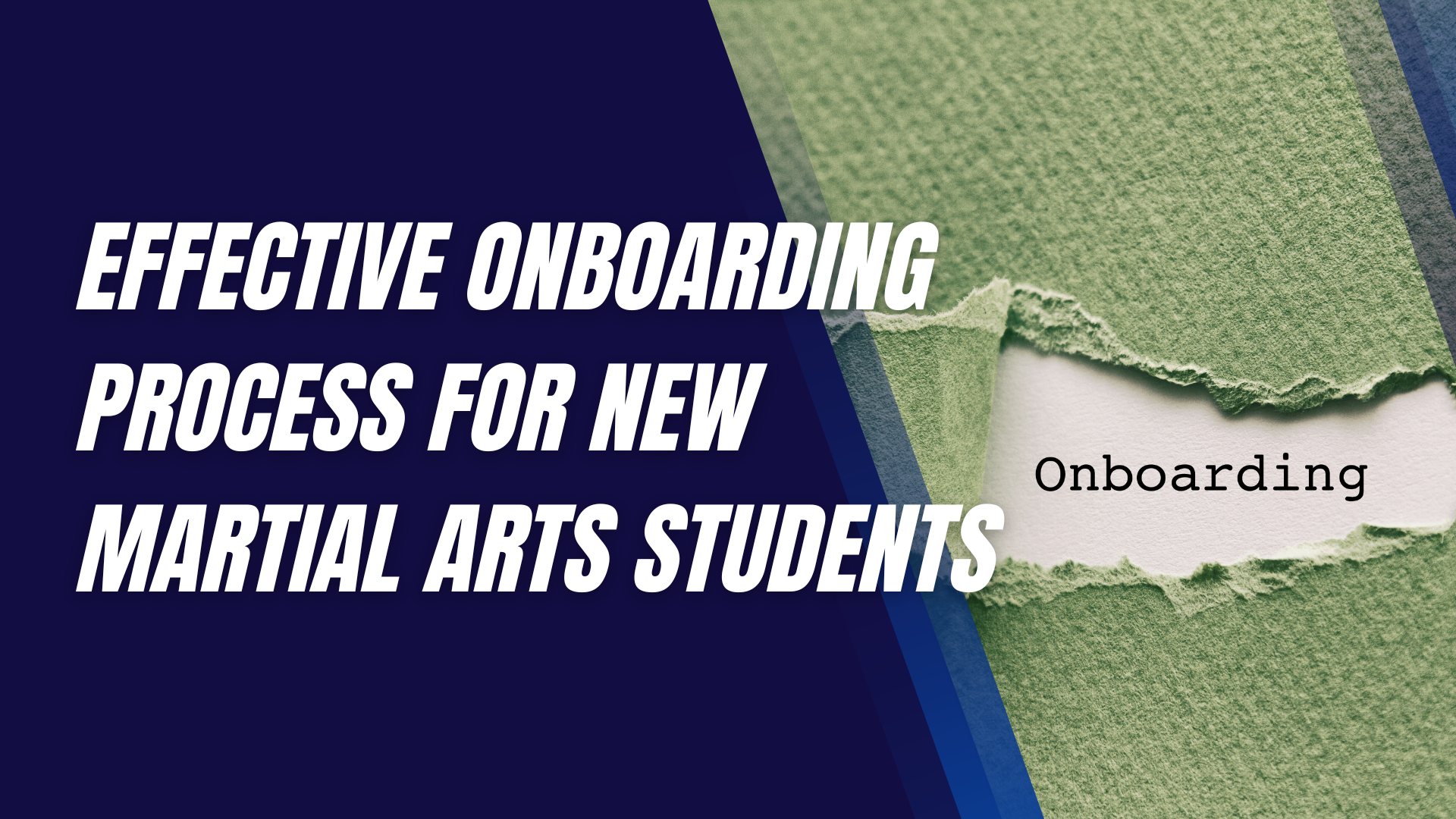Virtual Reality (VR) and Its Potential in Martial Arts Training
Virtual Reality (VR) technology, once a far-off fantasy, is now a tangible and transformative tool across various domains, from gaming to education, and notably, in martial arts training.
This article delves into how VR technology is revolutionizing the way martial arts are taught, practiced, and perfected, offering both traditional and modern martial artists a new way to enhance their skills.
Understanding Virtual Reality
Virtual Reality, in essence, is a computer-generated simulation where users can interact within an artificial three-dimensional environment using special electronic devices, such as headsets with screens or gloves fitted with sensors. Unlike traditional video training or watching demonstrations, VR immerses the user completely in a controlled environment where every action and interaction is designed to mimic real-world scenarios.
History and Evolution of VR in Training
VR's journey began in the 1960s with simple simulations. Over the decades, it has evolved significantly, finding its place in military and flight training programs due to its ability to simulate complex, hazardous scenarios safely.
Recently, these advancements have made their way into more accessible fields like sports and martial arts, where the precision and adaptability of VR can be fully utilized.
The Intersection of VR and Martial Arts
Martial arts training demands a blend of physical skill, mental focus, and tactical acumen. VR uniquely addresses these needs by providing a realistic, immersive experience without the risks associated with physical sparring. Programs can simulate various opponents, styles, and scenarios, from a dojo to a street fight, providing invaluable experience without the physical risk.
Benefits of VR in Martial Arts Training
The primary benefits of integrating VR into martial arts include:
- Enhanced Learning Speed: Immediate feedback and the ability to replay scenarios help learners quickly understand and correct mistakes.
- Safety in Training: Reduces the risk of injury as learners can practice dangerous techniques in a controlled virtual space.
- Accessibility and Convenience: Allows practitioners to train from anywhere, making martial arts more accessible to a wider audience.
Technical Aspects of VR in Martial Arts
Implementing VR in martial arts requires robust hardware, including VR headsets, motion trackers, and sometimes full-body suits for feedback. On the software front, programs must be meticulously crafted to accurately represent martial arts movements, ensuring that the feedback is as realistic as possible.
Real-World Applications
Several martial arts academies and tech startups have begun experimenting with VR training. For example, virtual dojos are being set up to allow for 24/7 training, and some systems use AI to adapt and respond to the user’s movements, providing personalized coaching and feedback.
Challenges and Limitations
Despite its potential, VR in martial arts faces challenges such as high costs, the need for significant space to use the equipment safely, and the potential for VR training to lack the emotional and psychological challenges of facing a real opponent.
Future Potential and Developments
The future of VR in martial arts looks promising, with ongoing advancements in haptic feedback technology, AI, and machine learning enhancing the realism and effectiveness of training programs. These technologies could one day allow martial artists to not only practice techniques but also to understand and anticipate opponents' emotions and strategies.
Integrating VR with Traditional Training Methods
While VR offers extensive benefits, it is not a replacement for traditional training but rather a supplement that enhances traditional methods. Integrating VR into regular training can provide a well-rounded approach that maximizes learning and skill development.
Expert Opinions
Experts in both technology and martial arts are optimistic about VR's role in training. They see it as a tool that can offer detailed, personalized feedback and create a variety of training scenarios that are impractical in the real world.
Consumer Accessibility
For individual learners, several VR martial arts training programs are available commercially, allowing training at home. These range from high-end systems requiring significant investment to more affordable setups that provide basic training routines.
Impact on Martial Arts Schools
Martial arts schools are beginning to adopt VR to enhance their curriculum, attract more students, and offer differentiated learning experiences that cater to various learning styles and needs.
Ethical Considerations
As with any technology, ethical considerations must be managed, particularly around data privacy and the psychological impact of prolonged exposure to virtual combat scenarios.
Final Thoughts
VR technology holds a promising future in martial arts training, offering a blend of safety, accessibility, and comprehensive training enhancements. As technology continues to evolve, it will likely become a staple in martial arts academies around the world.
Interested in trying a martial arts class? Find an affiliated academy anywhere in the country by clicking here.
Have your own martial arts program? Get to know more about what we have to offer at Ground Standard Agency for helping martial arts businesses grow.
Email us at info@groundstandard.com, or call and text us at (732) 907-8920 today to learn how to start growing your own academy, school, dojo, or gym with us as well.
Share this article












